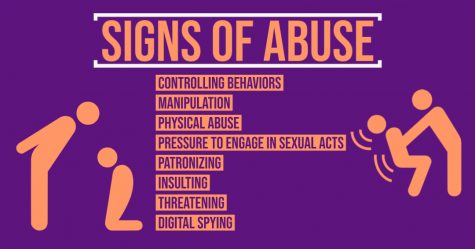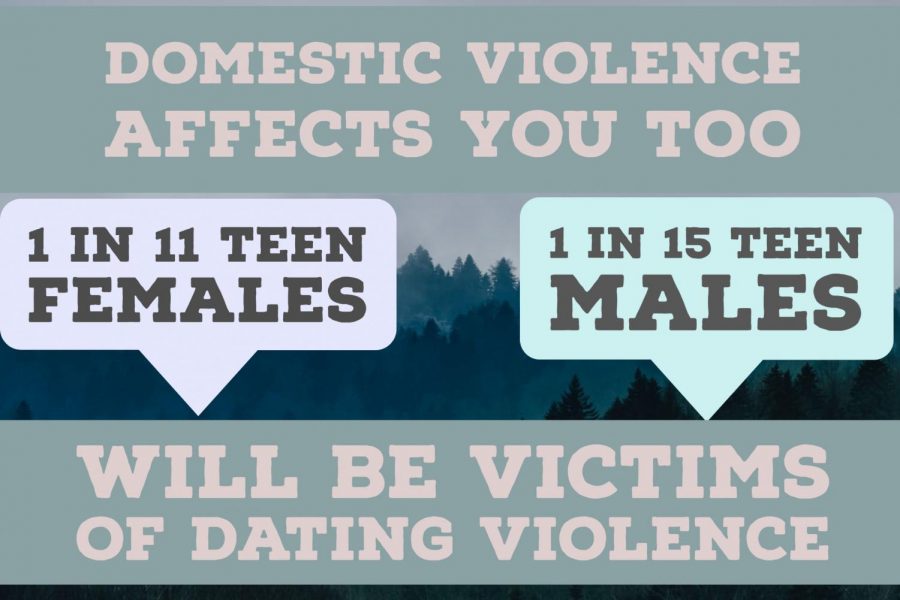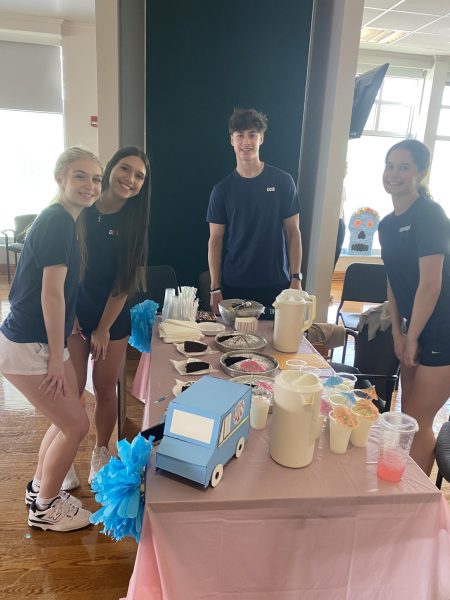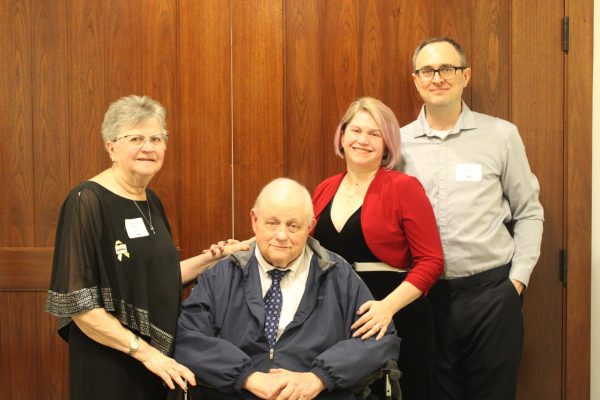Teen Domestic Abuse: Know the Signs, Save a Life
When thinking about domestic violence, an image of a fifteen year old couple rarely comes to mind. However, dating violence among teens is far more prevalent than the general public may expect. According to the CDC, dating violence can be as frequent as one in 11 for teen women, and one in 15 for teen men. Even more disturbing, one in three young people will be in an abusive or unhealthy relationship. Despite the prevalence of dating violence, it is actually one of the lesser known or policed forms of abuse. Eight states in the U.S. do not consider dating abuse to be domestic abuse, preventing victims from applying for restraining orders.
However alarming these statistics may seem, there is help available to students in abusive relationships. Unfortunately, it is often the case that young people may not be able to decipher abusive behaviors in a relationship. This is one of the many reasons education for young people in regards to relationship abuse is so important. Like many of the world’s evils, abuse can be combated when people know what to look for.

As a part of her Common Sense Education curriculum, Mrs. Mamaril teaches students the importance of avoiding dangerous online behaviors within a relationship such as sending nude photos online. She explained that when someone requests inappropriate photos, especially too soon in a relationship, it can be considered a red flag. Additionally,she expressed that people should look for signs of controlling behaviors, and signs that the relationship is moving too quickly. “Manipulation disguised as emotional connection,” is a frequent sign that a relationship is becoming abusive.
Mrs. Kuhn, part of the Senior High Guidance Department, weighed in on the topic as well. She explained that it is extremely important to educate young people on the signs of unhealthy relationships to gain ¨an awareness of what is acceptable.” She stressed the value of having these discussions with students, “so they know where to get help.” Dangerous behaviors to look out for include controlling acts, such as dictating clothing and friendship choices, isolation, and demeaning words and actions. Phrases such as “I won’t do it again,” are common amongst abusers. People should also look for displays of obsession, as it often leads to more dangerous actions.
Mrs. Kuhn went on to explain the significance of seeking help. If a young person suspects they are in an abusive relationship, they should “seek an adult, because sometimes, your friends only know as much as you.” In addition to seeking help from adults, the community also has a number of resources for abuse victims, from the Student Assistance Team, to school therapists, to the Blackburn Center. It is important to know that help is available for those who need it. She went on to explain that if unhealthy behaviors are noted, sometimes, discussing it with the partner can be beneficial. She advised that, with a moderator present, the victim should explain to their partner why certain behaviors are unacceptable. Sometimes, people may not realize that their behaviors constitute as unhealthy or are a precursor to abuse.
If it is determined that someone is in an abusive relationship, the most beneficial thing to do is end it. Abuse should never be tolerated from anyone. Despite the feelings someone may have for their abuser, it is important to prioritise safety above romantic attachments, especially when those attachments can put us in danger. It is important for victims to know that they are deserving of safe, healthy, relationships and that they should never have to endure anything less.
Seek Help:
National Domestic Abuse Hotline- 1-800-799-7233 or TheHotline.org
National Teen Domestic Abuse Hotline- 866-331-9474 or LoveisRespect.org
Blackburn Center- 724-836-1122 or blackburncenter.org

Alexis McGannon is a Greater Latrobe Senior. She has a passion for writing and language learning. She is fascinated by religious studies and plans on becoming...














